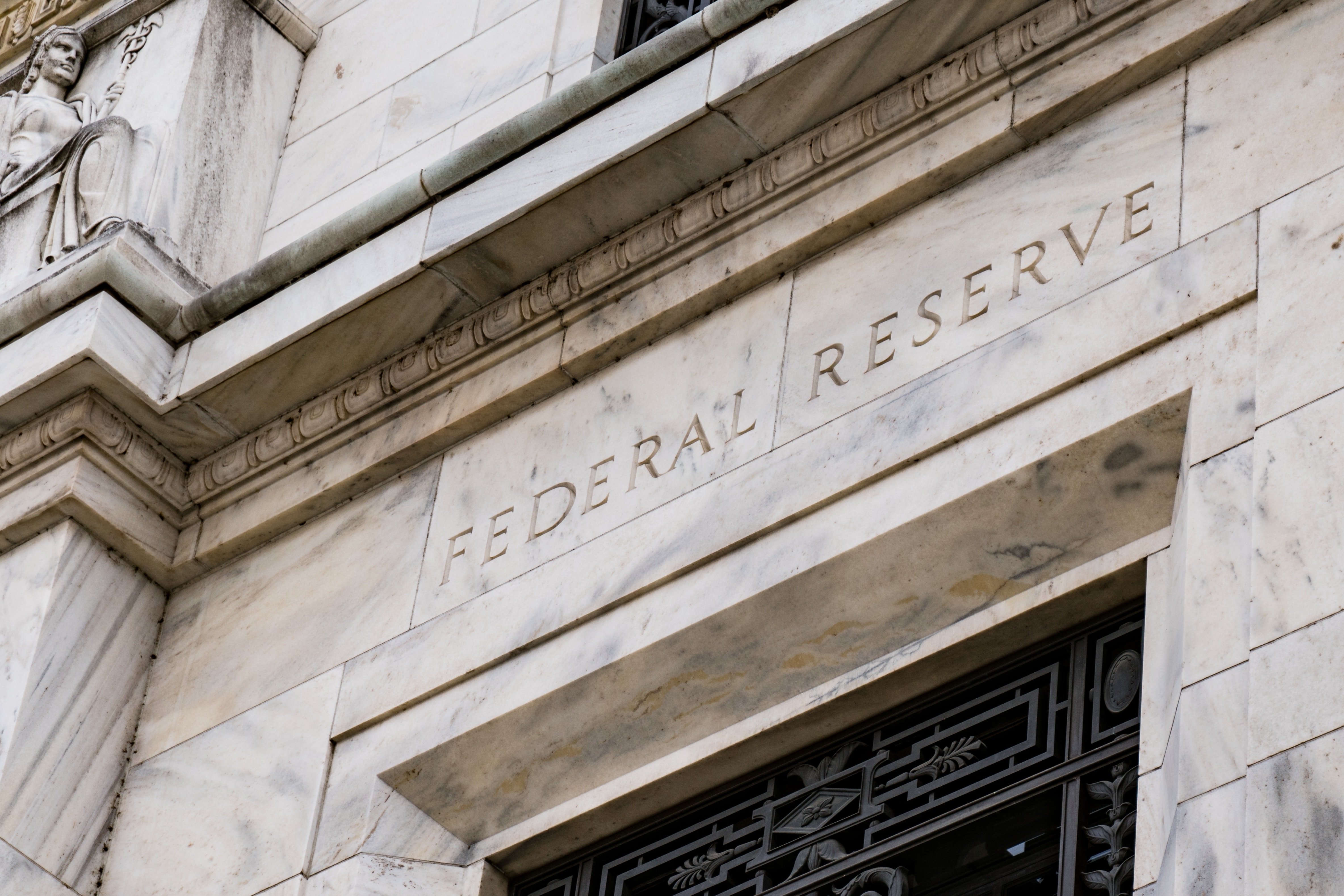Stocks surged and bond yields fell Wednesday after the Federal Reserve decided to hike its benchmark interest rate by 75 basis points to a range of 1.5% to 1.75%, as expected. It was the biggest single-meeting increase in the federal funds rate since 1994.
The SPDR S&P 500 ETF Trust (SPY) gained 1.4%, while the 10-year Treasury bond yield plunged 18 basis points to 3.3%.
Fed Funds Rate (midpoint)
“Job gains have been robust in recent months, and the unemployment rate has remained low. Inflation remains elevated, reflecting supply and demand imbalances related to the pandemic, higher energy prices, and broader price pressures,” the Fed said in a statement.
In addition to hiking rates today, Fed officials revised its expectations of future rate hikes sharply upward. The median FOMC meeting participant now sees the fed funds rate ending the year at 3.4% and ending 2023 at 3.8%, up from projections of 1.9% and 2.8%, respectively, in March.
Inflation Scare
Fed officials were spooked by last week’s data on inflation, which showed consumer prices growing at their fastest pace since 1981 in May – up 8.6% year over year.
Just days ago, markets were expecting a 50 basis point hike at this week’s meeting, encouraged by comments from Fed Chair Jerome Powell last month, in which he said the central bank was not actively considering a 75 basis point hike.
But the Consumer Price Index data, along with another report from the University of Michigan that showed long-term consumer inflation expectations rising to their highest levels since 2008, caused the Fed to accelerate the pace of its hikes.
“When I offered that guidance at the last meeting, I said if data came in worse than expected, then we would consider moving even more aggressively. We got the CPI data and also some data on inflation expectations late last week and so we thought this was the appropriate thing to do,” Powell said.
“By this point, we had been expecting to see clear signs of inflation flattening out, [but] contrary to expectations, inflation again surprised to the upside, [and] some indicators of inflation expectations have risen. So, we thought that strong action was warranted at this meeting, and we delivered that,” he added.
Rate Hike Expected
One day before today’s Fed decision, fed funds futures were pricing in a 94% chance of a 75 basis point hike, so investors weren’t caught off by the magnitude of the move.
As the realisation that the Fed was about to ratchet up its hawkishness hit the market, both stock prices and bond prices swooned. The S&P 500 entered a bear market on Monday, while the 10-year Treasury bond yield spiked to its highest level in 11 years.
Bond ETFs like theiShares Core US Aggregate Bond ETF (AGG)are on track for their worst year on record. Meanwhile, if the year ended here, broad market stock funds like SPYwould register their worst loss since the 2008 Global Financial Crisis.
The Fed has been blamed for being slow to react to inflation, though there are worries in some corners that it may end up compensating by being too aggressive, pushing the economy into a recession.
Investors Relieved
Though the Fed’s 75 basis point hike was aggressive by any measure, investors may be relieved that the central bank didn’t make an even bigger rate increase. They were also encouraged by comments from Powell, which suggested the Fed was attempting to front-load its hikes rather than dramatically altering where it expects rates to be a year or two from now.
“Clearly, today’s 75 basis point hike was an usual hike and I do not expect moves of this size to be common,” Powell said in his post-decision press conference. He noted that the next meeting in July would likely include either a 50 basis point or a 75 basis point hike, depending on the incoming economic data.
He said the bottom line is that the Fed wants monetary policy to be at a modestly restrictive level at the end of this year, or a range of 3% to 3.5% for the fed funds rate. He left room for that to change, depending on how inflation evolves. “If things are better, we don’t need to do that much. But if things are worse, we need to do that much or more,” Powell explained.
Looking further out, Powell said that the longer-run neutral federal funds rate was in the “mid-2%” range. That means that if the central bank takes the fed funds rate to 3.5% to 4% in 2023, as currently projected, it represents relatively tight monetary policy.
That, according to Powell, should be enough to bring inflation down to 2%. However, he cautioned that bringing inflation down while keeping the jobs market strong wasn’t going to be an easy task.
“Our objective is to bring inflation down to 2%, while the labor market remains strong. What’s becoming more clear is that many factors that we don’t control are going to play a very significant role in deciding whether that’s possible or not—commodity prices, the war in Ukraine, supply chains, and things like that. Monetary policy doesn’t affect those things,” he said.
“There is a path for us to get there. It is not getting easier; it’s getting more challenging because of these external forces,” Powell continued. “That path is to move demand down [because] you have a lot of surplus demand.”
On the positive side, Powell sees no signs of any economic difficulties right now. He argued that there are no signs of a broader slowdown in the economy right now, even though “people are talking about it a lot and consumer confidence is very low.”
He attributed the disconnect to high gas prices and low stock prices.
The next FOMC interest rate decision will take place on July 27.
This article was first published onETF.com
Related articles


